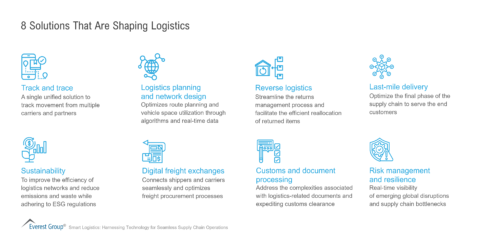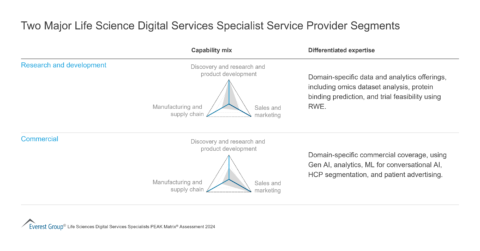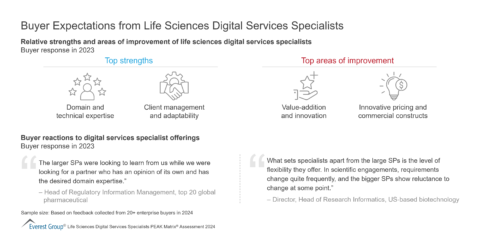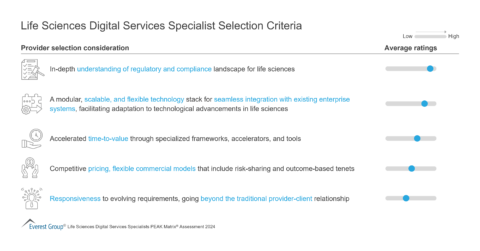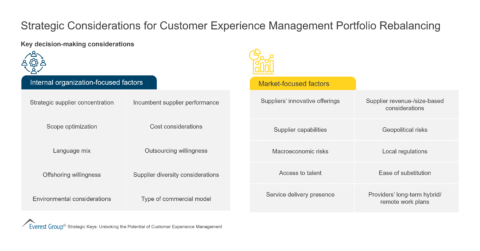Filter
Displaying 51-60 of 340
Navigating the CXM Outsourcing Landscape: A Comprehensive Guide for First-time Outsourcers | Webinar
On-demand Webinar
1 hour
Maximizing Value in Business Process Outsourcing Contracts | Webinar
On-demand Webinar
1 hour
AI-driven Sourcing: Discover the Best-in-Class Features in Autonomous Sourcing Tools | Webinar
On-demand Webinar
1 hour
Delivering Commercial Value in Outsourcing Contracts to APAC Clients in 2024 | Webinar
On-demand Webinar
1 hour


